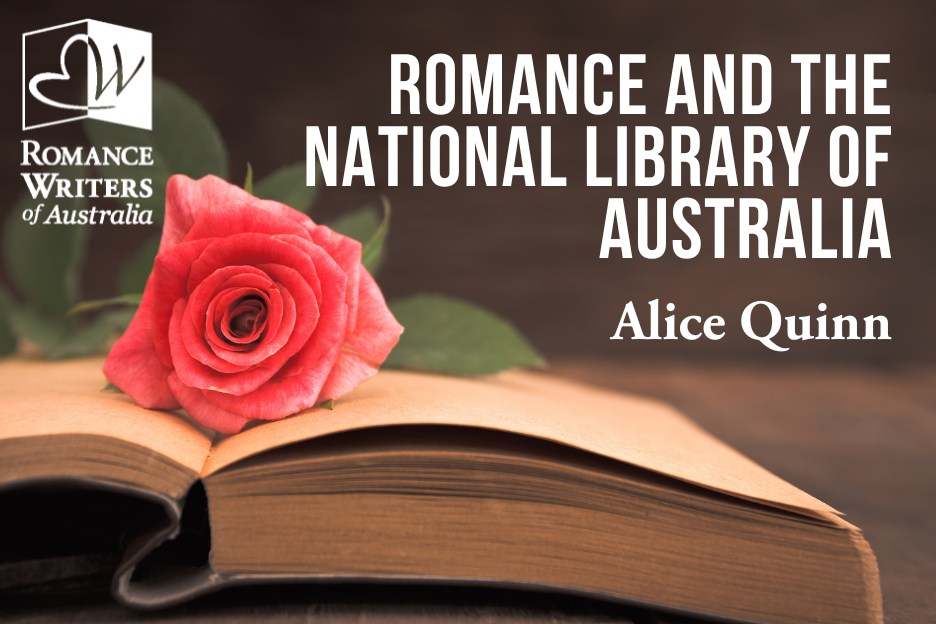Author: Alice Quinn (Article reproduced with permission from https://www.nla.gov.au/stories/blog/library-love-stories-romance-national-library-australias-collection#)
When it comes to romance writing in Australia, it’s a been a long affair. Romance is one of Australia’s largest and most impressive literary exports, and since the 19th century has been a way for readers to explore tales of intimacy from the innocent to the risqué.
Our collections of these stories ensure the voices of authors who write and read this genre are preserved, so that readers of the future can indulge in and re-examine the love stories under the covers of Australia’s literary history.
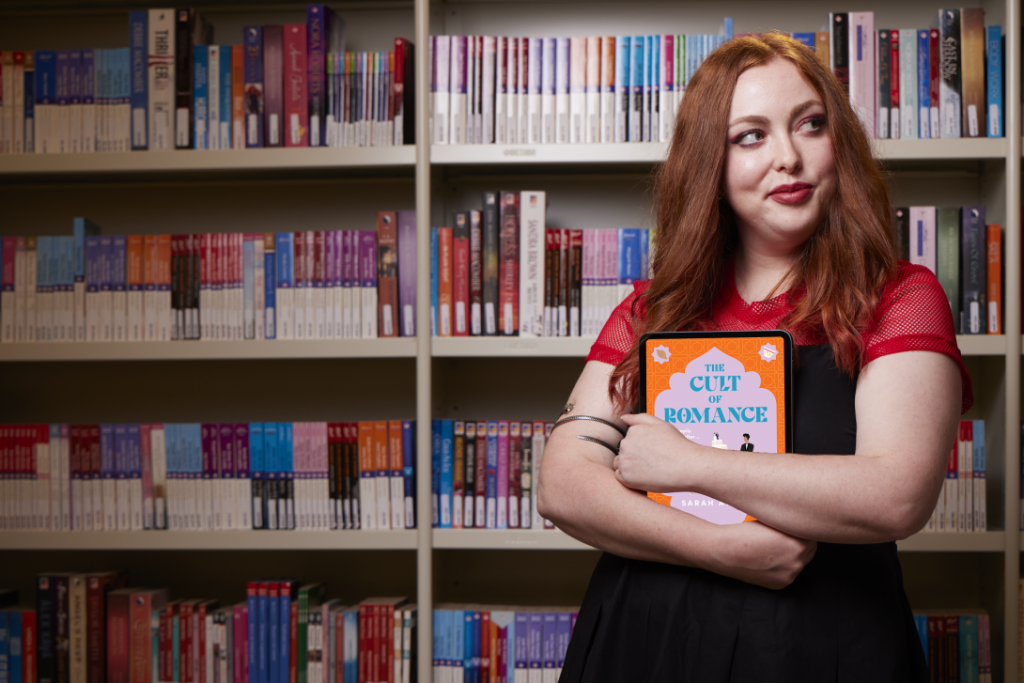
Mills and Boon, dust lust and the new ‘happily ever after’
For a long time when you thought of romance fiction it was synonymous with the publisher Mills and Boon. Founded in England in 1908, today Harlequin Mills and Boon sell a book every second globally, and feature stories to suit every palate from sweet to spicy. Australian writers have found success with the company ever since 1955, when Joyce Dingwell was signed on with her book Australian Hospital. Some of Australia’s most successful women authors of the 20th century were romance writers, including Emma Darcy, Lucy Walker, Valerie Parv and Jennifer Ames, who all wrote for Mills and Boon. Many of these authors have never appeared on a ‘Top Australian Authors’ list, despite their success.
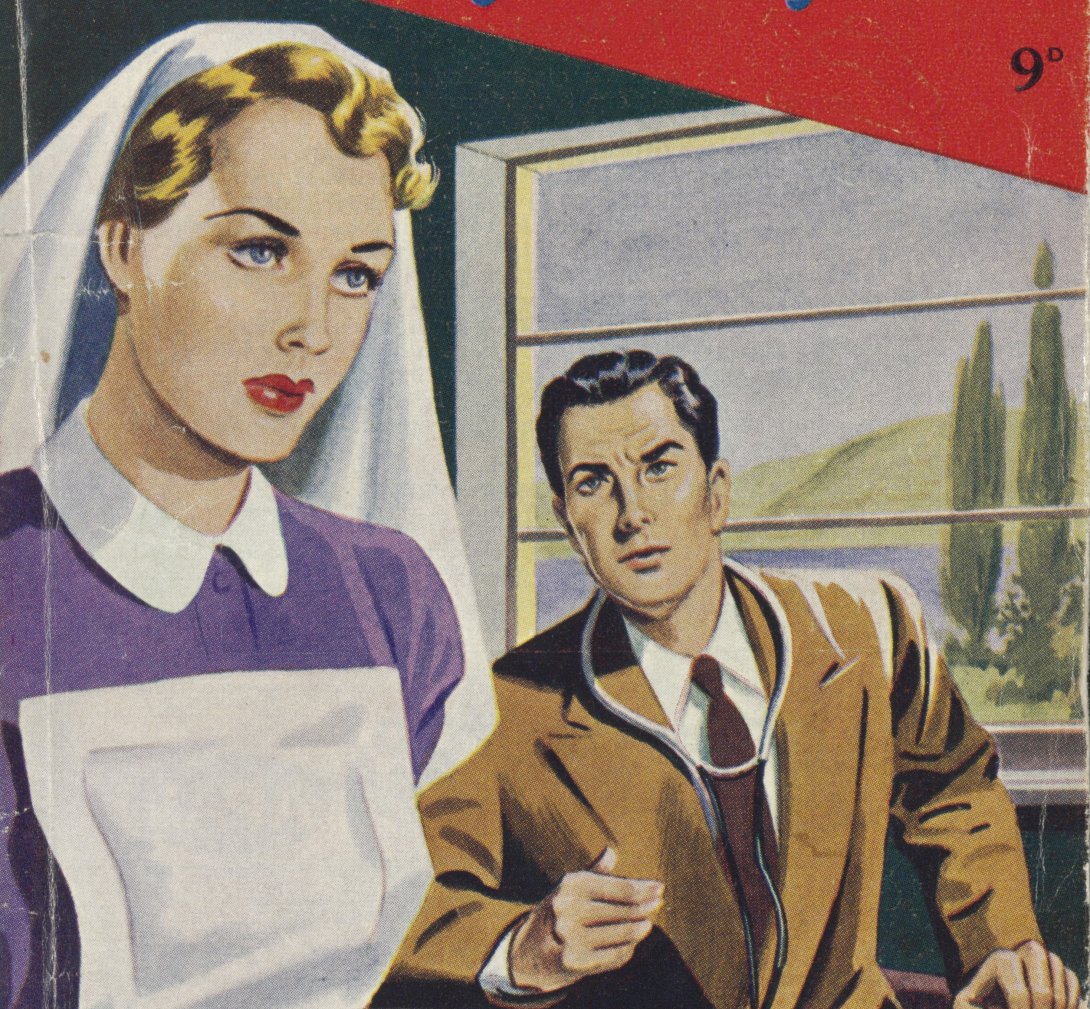
In 2019 there were around 75 authors from Australia and New Zealand who were writing for Mills and Boon, penning everything from historical to medical romance. Alongside the wide variety of offerings in the Mills and Boon roster, the popularity of the Australian bush romance, more affectionately known as ‘dust lust’, is still riding strong. Where once authors were only ever successful when published with Mills and Boon, today many writers have the agency to take contracts where their hearts and desires take them. Exclusivity isn’t for everyone.
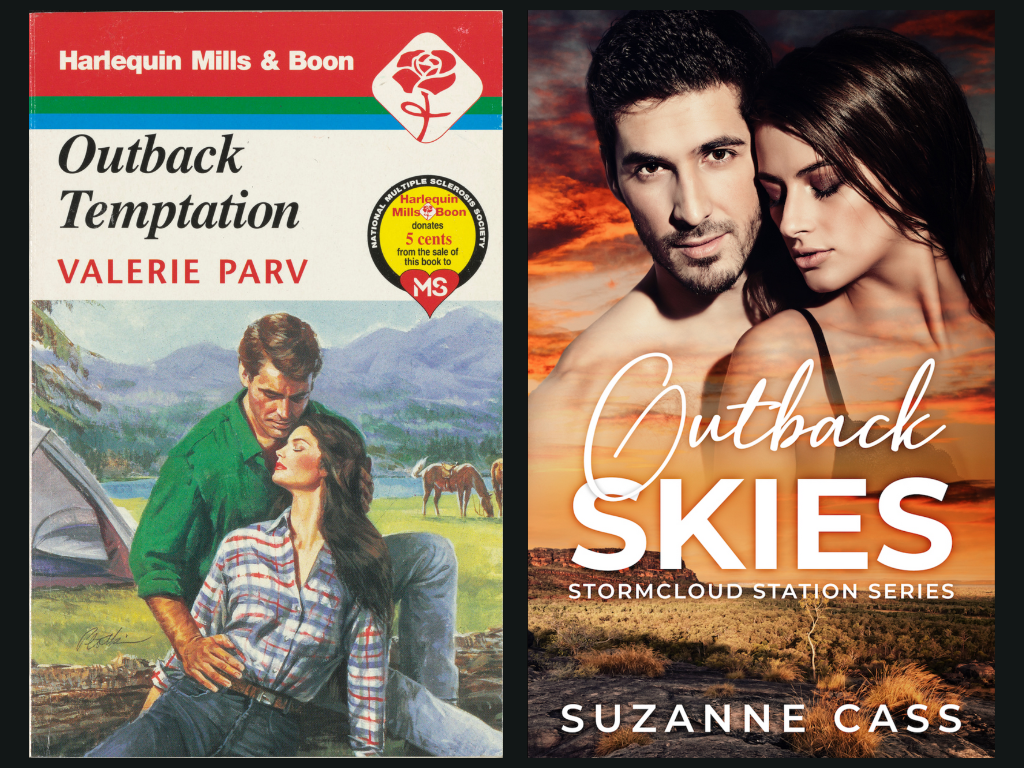
Today, the rise in electronic and indie publishing has dramatically changed the landscape of romance fiction. No longer tied up by the wishes of an editor, self-publishing has challenged the dominance the big publishers’ hold over the narrative. Writers are including people of colour as protagonists and love interests. Queer, disabled, and neurodivergent stories are also celebrated in their writing.
Once upon a time publishers could decide ‘who can fall in love… and how they experience love’ (The Popular History of Romantic Love in Australia by Hsu-Ming Teo, nla.cat-vn7464897 pg. 199) but now new versions of happily ever after have writers finding new ways to represent themselves and their audience in their writing. Authors such as Tobias Madden (Take a Bow, Noah Mitchell), Jessica Walton (Stars in Their Eyes) and Ann Liang (This Time it’s Real) are writing narratives that defy the ‘one size fits all’ approach which left many readers wanting. Rather than stopping the action, ‘diversity’ is the safe word that keeps readers coming back for more.
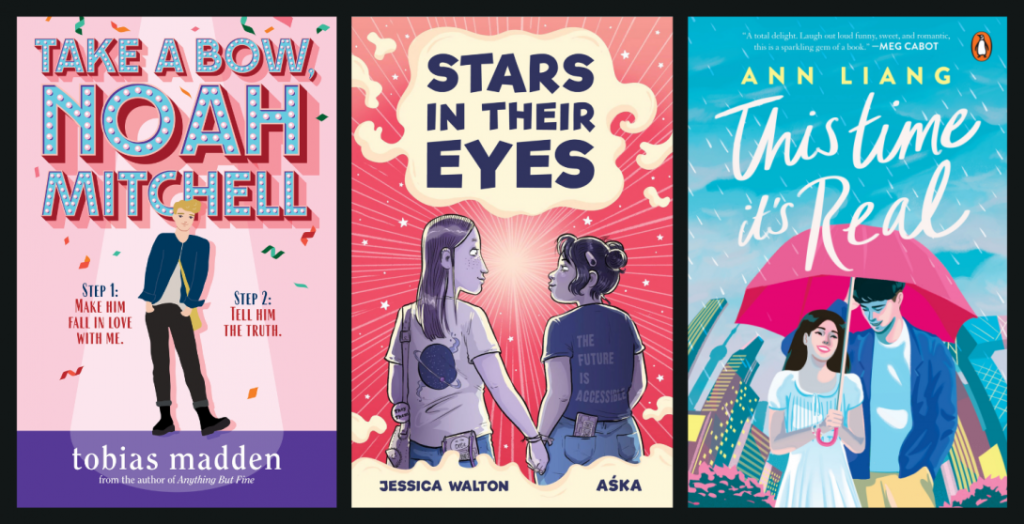
These changes over time tell a story of shifting views across history. They’re reflected in the national collection through legal deposit, which provides for a copy of each publication produced in Australia to be given to the National Library and the state or territory library in which it was published. Traditional and indie publishers who participate in contributing to the collection help us to capture a rich diversity of voices and perspectives and preserve them for future generations.
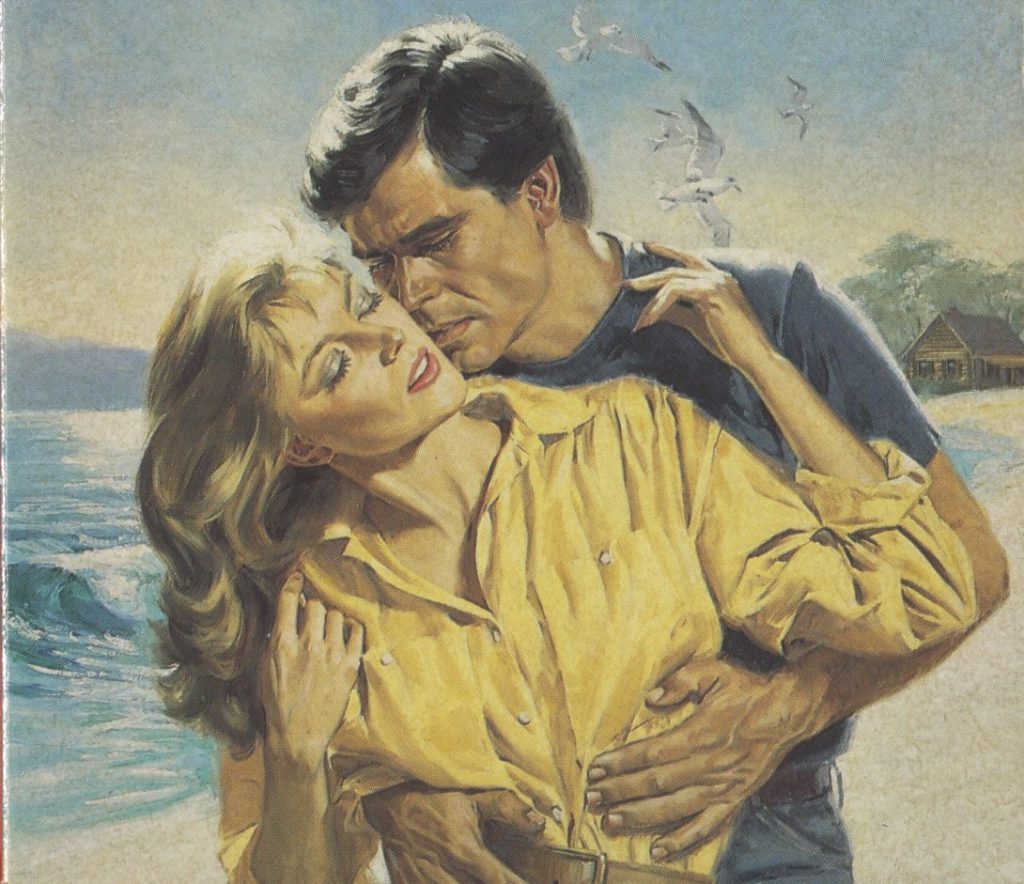
It’s all about relationships
From Australia with Love: Australian Romance Novels, 1950-2000 by Juliet Ella Flesch, nla.cat-vn665043, pg. 104-105:
What distinguishes romance novelists from almost every other kind of writer is their extraordinarily close relationship with their readers.
Romance authors have always had a close connection with their readers, where story tropes are respected as established traditions, and certain vocabulary holds specific meaning (tasteful innuendo is an artform).
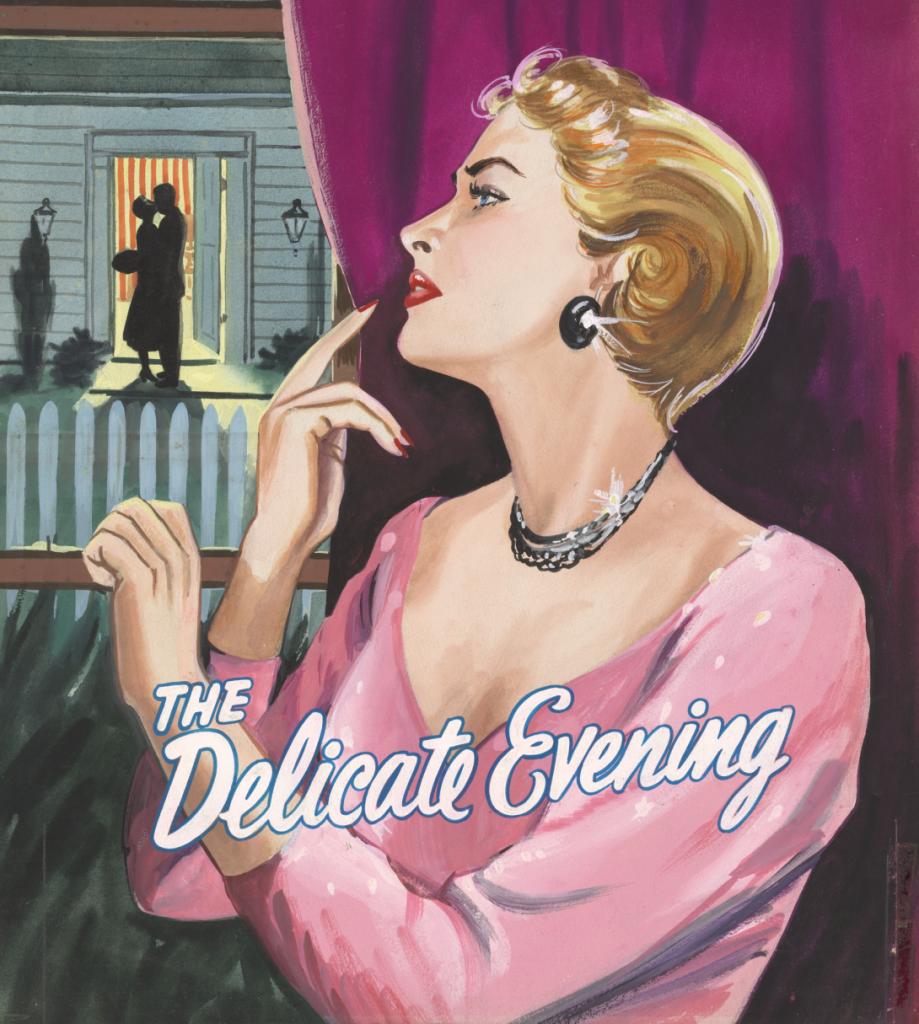
Before online communities were born through the development of the internet, writers would respond to letters and emails from their readers, as well as writing to each other to discuss their writing and provide mentorship. When Mills and Boon started to produce more risqué fiction, well-established authors read the works of their new counterparts to pick up how more amorous moments were being written, just as the newer writers would read the works by the established authors to learn more about the most popular styles. All parties, of course, read romance for enjoyment as well as work.
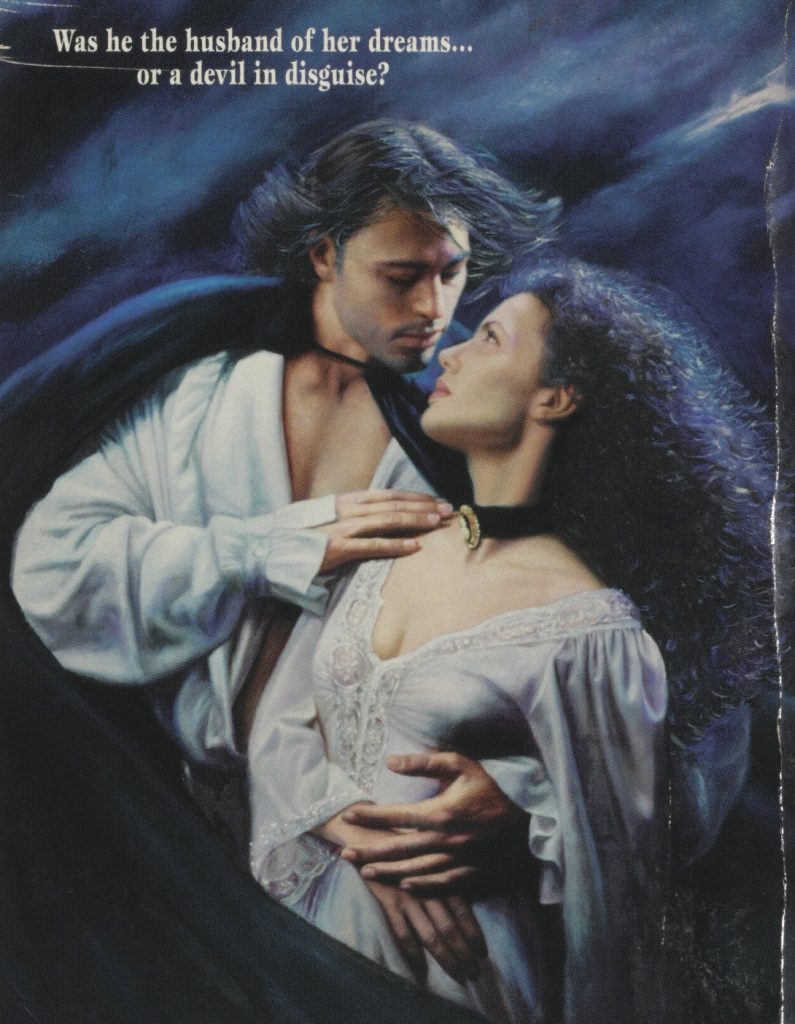
Historically, romance readers were dedicated followers of their favourite authors, discerning of writing style and category, and would subscribe to mail order systems to have their favourite authors’ new releases delivered direct to their door. Authors such as Helen Bianchin and Marion Lennox encouraged their readers to email them with feedback on their books, and dedicated time to respond to their readers each day.
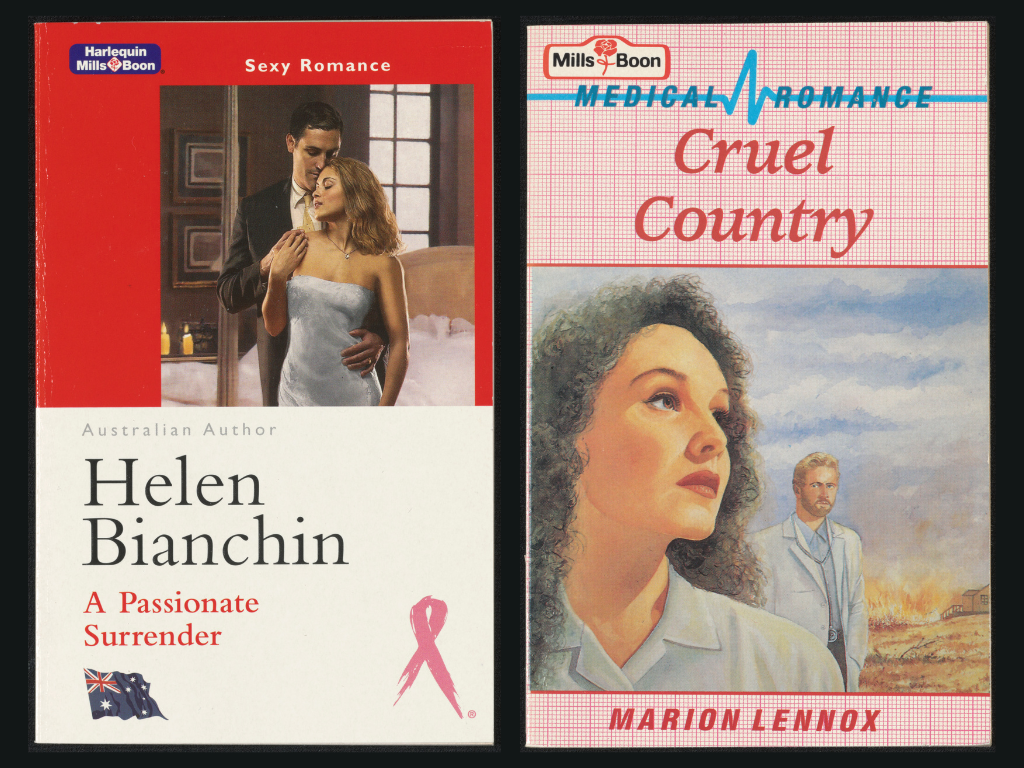
With the rise of social media and reading and writing groups across multiple platforms, these interactions and relationships are more immediate. As with past generations of authors, many romance writers are avid readers, and communities of readers and writers interact to share their recommendations and build reading lists on sites such as Goodreads.
‘Booktok’ is the most recent and most voracious of these platforms, where videos about creators’ latest reading obsessions reach audiences in the millions. Authors such as Sally Thorne have found success through TikTok, with the popularity of The Hating Game leading to its release as a feature film. There’s no hate among romance fans for the classic ‘enemies-to-lovers’ trope.
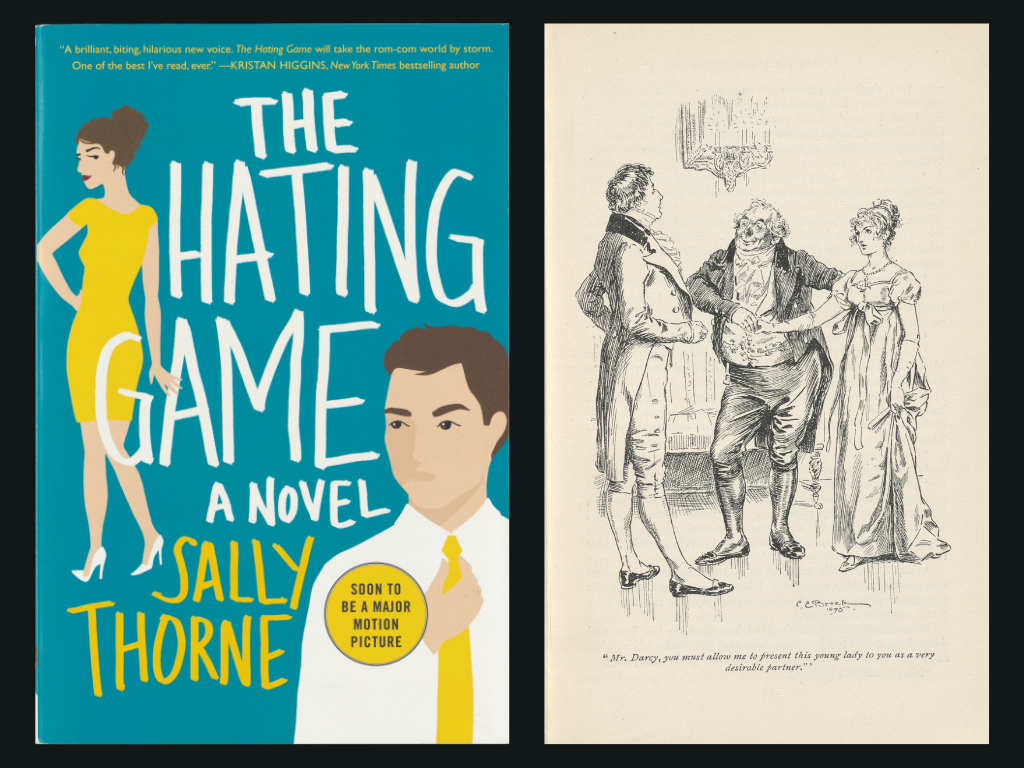
Romance and fantasy, and their hybrid genre ‘romantasy’, are hugely popular on Booktok, and even romance classics such as Pride and Prejudice are hailed as ‘rediscovered’ on the platform. Similar to previous generations, it is young women driving these trends and celebrating their tastes as discerning critics and appreciators of literature. The success of booktok in promoting these books could be seen as unprecedented, but perhaps it is more an acknowledgement that romance as a genre has been a driver of taste-making for hundreds of years.
Image
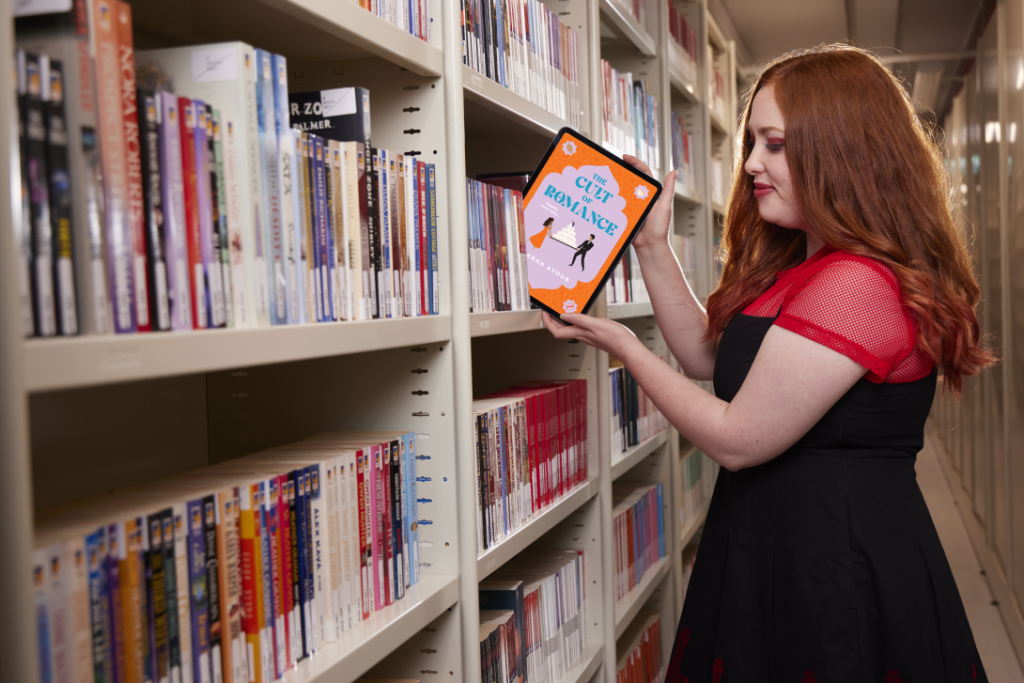
Australia has always had a hidden romance with romance, but there has never been a better time to be loud about loving love. By contributing these works to the national collection through legal deposit, publishers and authors in Australia commit each happy ending to endure the ages, no tragedies allowed.
Get involved with the National Library. Learn more about legal deposit.

